I didn't think No Mow May was for me, until I tried this simple twist on the trend
Experts say we should stop mowing our lawns in May for the sake of bees and butterflies, but how feasible is it really?
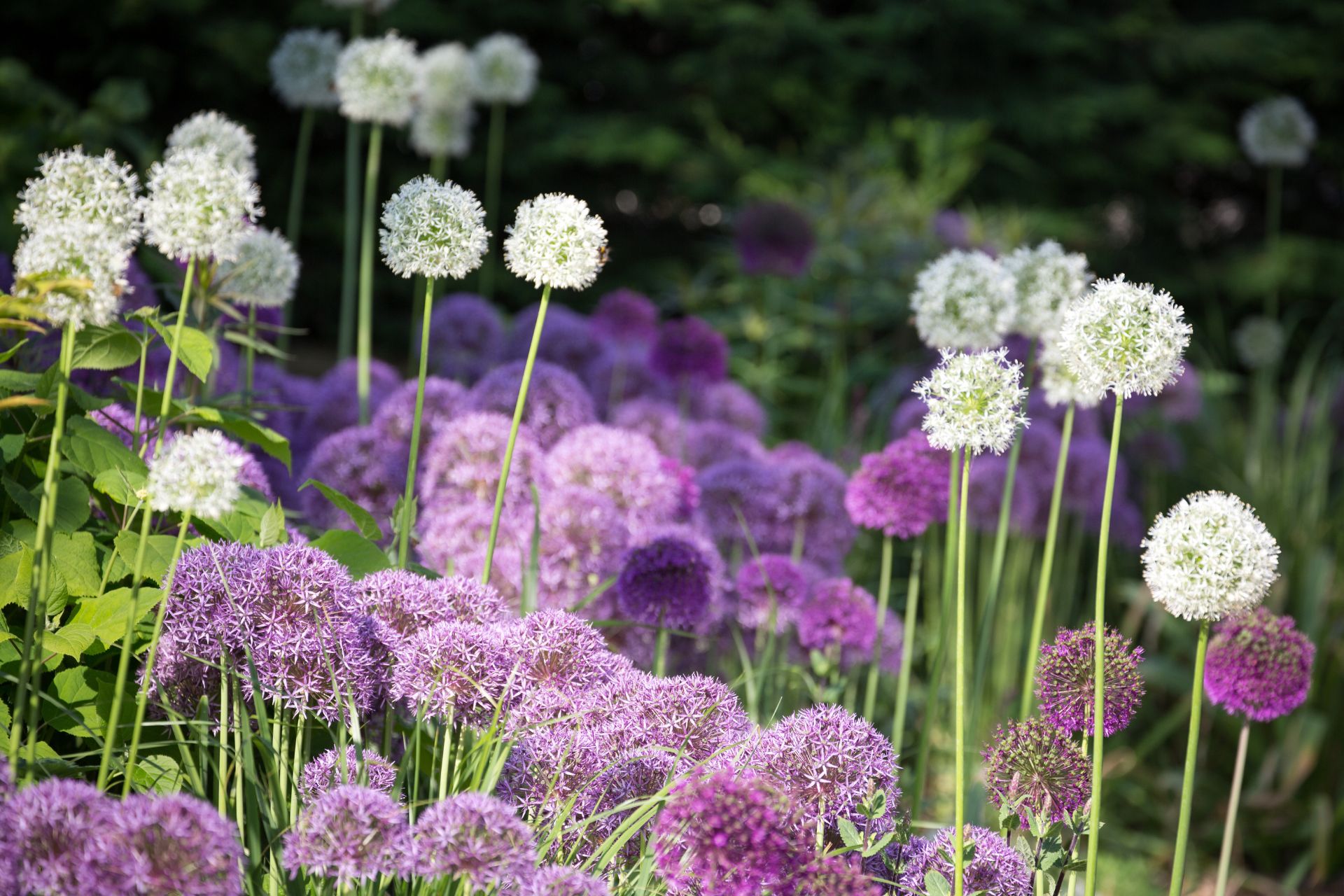

When I first heard about No Mow May, I was keen to try out the rewilding technique for myself. But letting the lawn grow wild for a whole month? It sounded messy, unkempt... and definitely not something my garden-proud husband would go along with.
Once upon a time, he was the sort to treat a lawn like a green carpet: mowed in precise lines, edges crisply trimmed, every dandelion removed before it gets any funny ideas. The kind of person who refuses to make a single lawn care mistake.
But when I filled him in on how bees and butterflies are struggling (and how even a small patch of wildflowers can make a difference to pollinators), he agreed on a compromise. And, honestly, our twist on No Mow May has changed the way we garden ever since.
Our simple twist on the No Mow May trend
Plantlife's No Mow May campaign urges people to lock their lawn mowers away for an entire month – to let nature take the reins, if only for a few weeks. To enter our meadowscaping era with wild abandon, I suppose.
Rather than let our lawn run riot, though, we decided to leave a few less-visible areas of the garden unmown instead – just to see what happened – while keeping the rest neatly trimmed. It wasn’t exactly the wildflower meadow of my dreams, but it was a start.
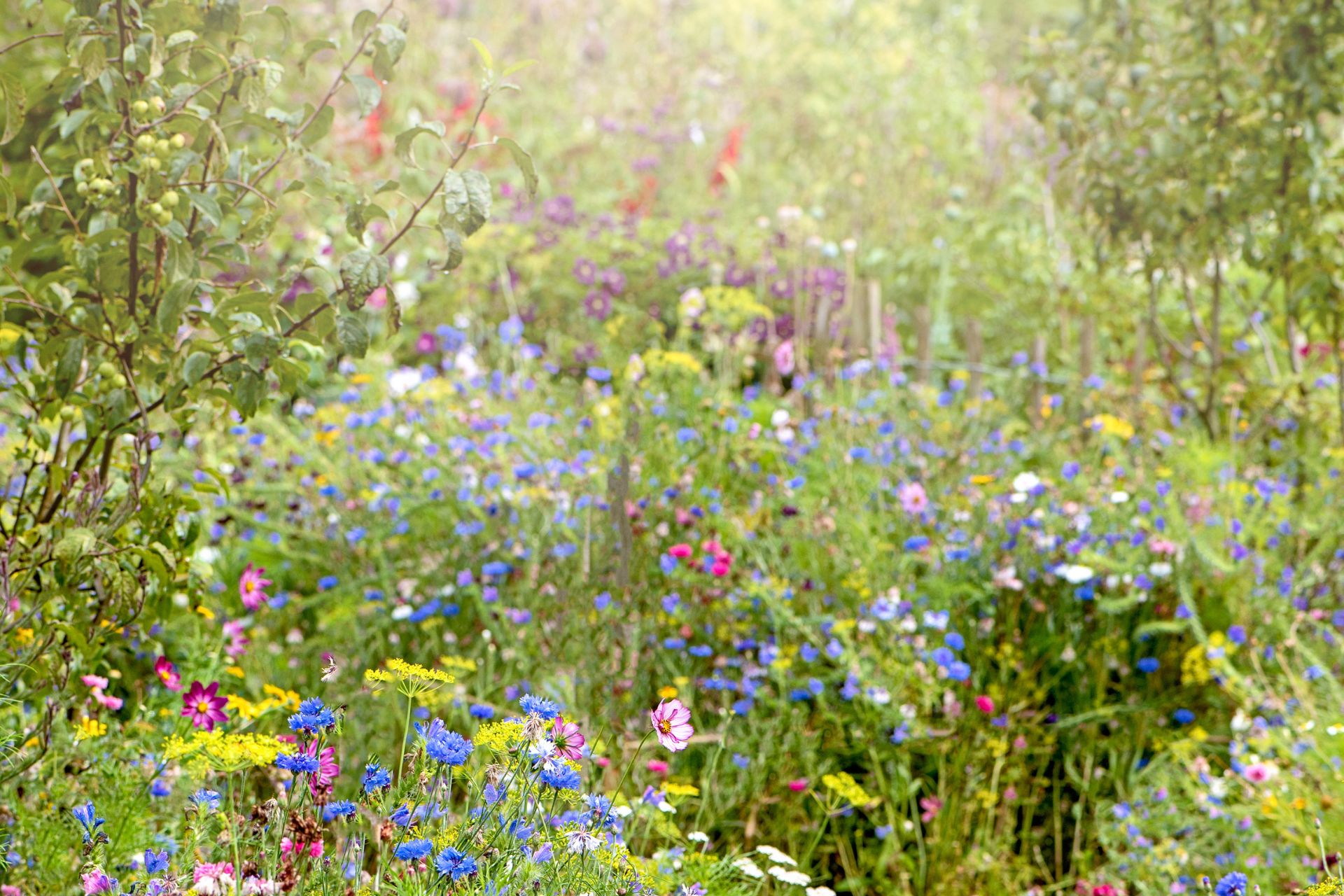
What happened next genuinely surprised us both. Those scruffy little corners began to bloom. Daisies popped up, followed by buttercups and clover. Bluebells unexpectedly took over the dappled area underneath our magnolia tree, and they wasted no time in self-seeding.
We noticed bees, butterflies, and hoverflies aplenty doing their thing (not to mention birds, frogs, and other wildlife looking for a more sheltered spot), and the garden was soon buzzing in a way it never had before.
Sign up to our free daily email for the latest royal and entertainment news, interesting opinion, expert advice on styling and beauty trends, and no-nonsense guides to the health and wellness questions you want answered.
My husband quickly became the most enthusiastic observer. He started pointing out wildflowers, checking which ones the bees liked best. Slowly, our garden began to change, and what began as a temporary experiment has since evolved into a complete transformation.
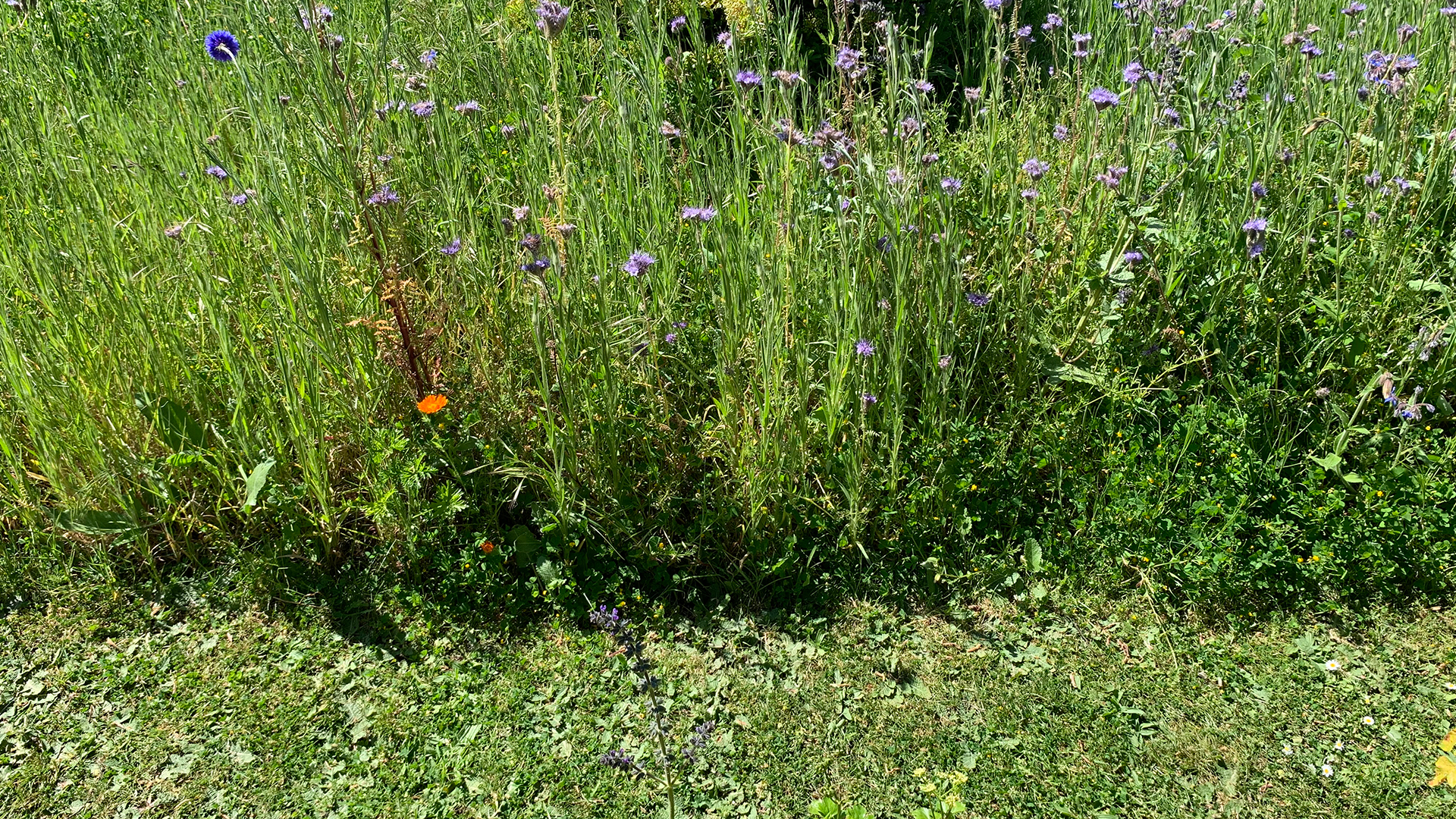
A few years ago, ours was your typical family garden: a central lawn with narrow flowerbeds skirting the edges. Now, though, the grass is no longer the main event; my green-fingered husband has gradually extended the beds so they are the garden.
We've set to work filling them with some of the best plants for pollinators, including...
- Scabiosa (like this Scabiosa 'Butterfly Blue' from Crocus)
- Alliums: You could try the New Allium Collection from Sarah Raven
- Erysimum: these pretty wallflowers, particularly the Erysimum 'Bowles's Mauve' from Crocus, are beloved by bees and butterflies
- Mexican fleabane: we have erigeron karvinskianus (available from Crocus) in a trough in our front garden, too!
- Lavender: an oldie but a goodie, you can pick up lots of different lavender varieties at Thompson & Morgan
- Wildflowers: I'm a big fan of the wildflower mixes available at Seedball as they're so easy to use
It's still very much a work in progress, but my husband's vision has me captivated: deep swathes of planting, a winding path cutting through, and just a small circle of grass left at the back for the kids to play on.
It's a lot more work than we initially planned with our half-hearted attempt at No Mow May, true, but it'll be worth the weekends of planting and digging we have ahead of us, although leaving just a patch of your lawn to do its own thing could give your garden a huge boost.
The benefits of No Mow May
The most obvious benefit of No Mow Way is this: it supports local wildlife.
"From bees and butterflies to birds and bats, pollinators are the unsung heroes of our ecosystems," explain the experts at Seedball.
"They help plants reproduce, which is essential for the growth of fruits, vegetables, and flowers. Without these hardworking creatures, gardens would lose their colour, vibrancy, and productivity, impacting local wildlife and the wider environment."
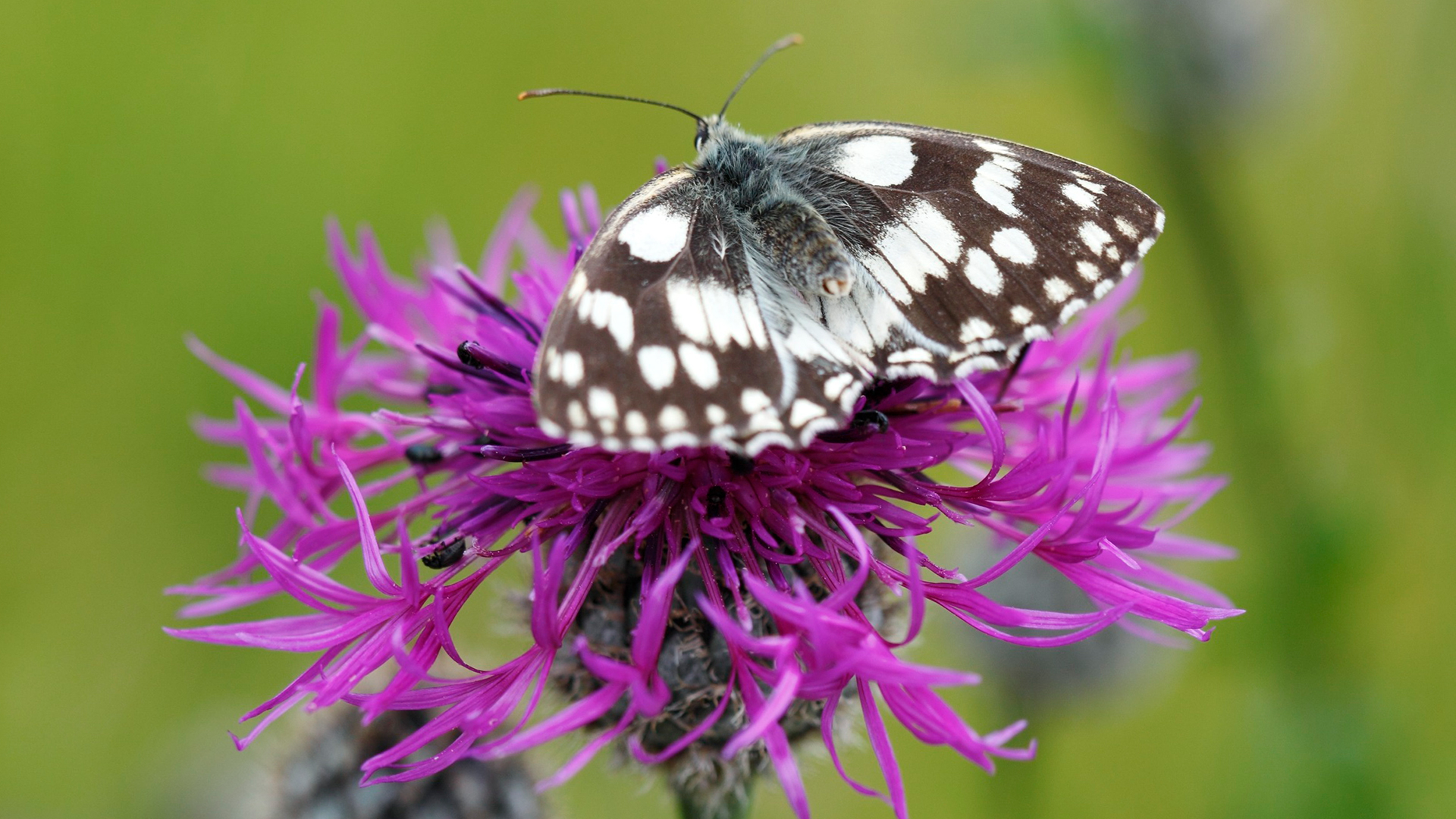
There's a sneaky extra plus to all of this, of course. As the RSPB's Wildlife Gardening Expert, Adrian Thomas, explains, it's a natural form of pest control, too.
"Bird species, including blackbirds, magpies, thrushes and robins, have all been known to eat slugs and snails as part of their diet," he says, noting that it's easy to attract these helpful birds to your garden if you "cultivate a wildlife-friendly space".
"Leaving an area of your lawn unmown to encourage a wide range of wildlife [is a great way top do this]," he adds.
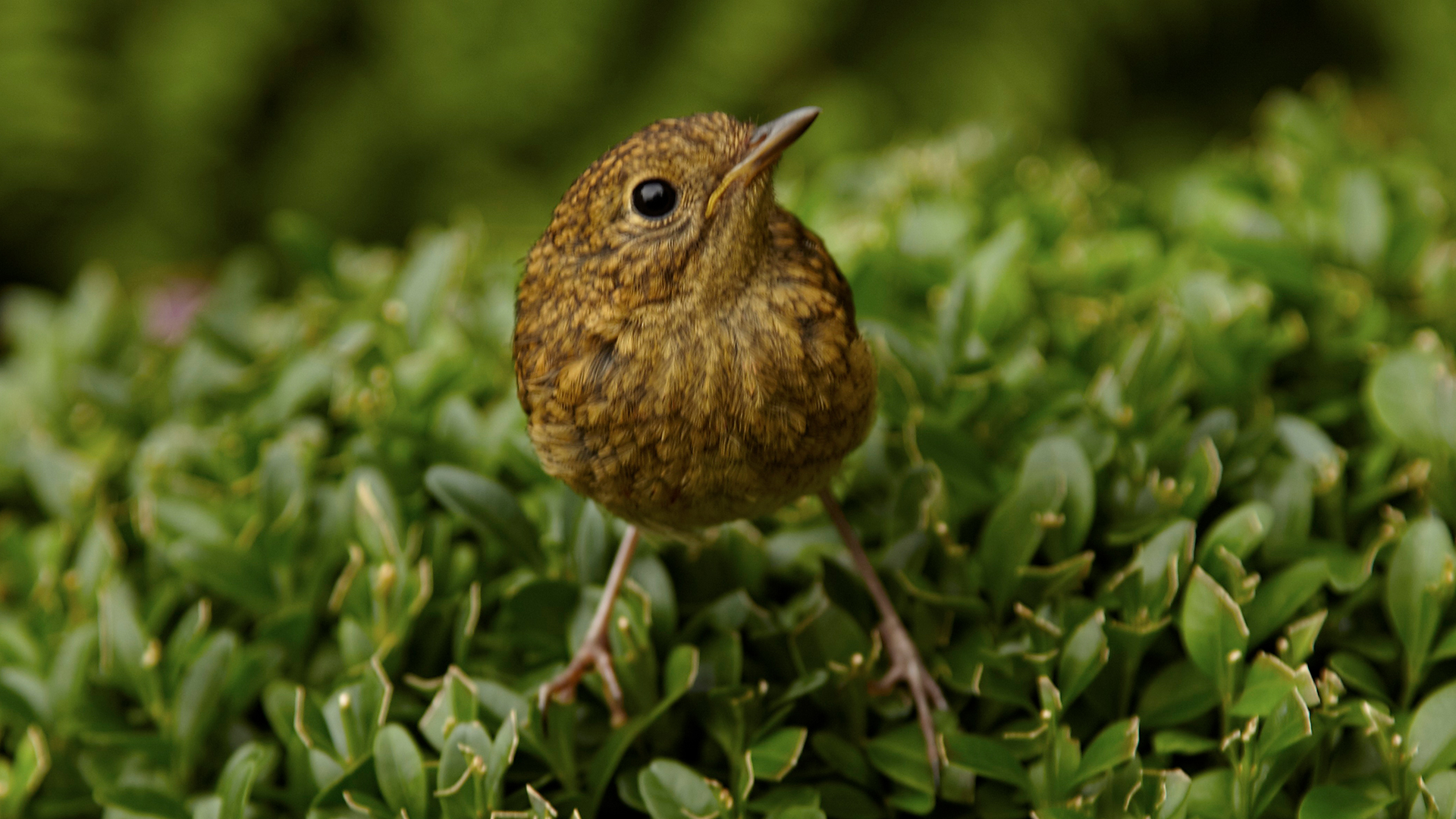
Last but not least, No Mow May promises an easy ride for gardeners; not only do you get to leave the mower in the shed and enjoy the sunshine instead, but wildflowers are also incredibly low-maintenance, too.
"Unlike traditional garden flowers that need regular care and upkeep, native wildflowers are naturally hardy, low-maintenance, and perfectly suited to local conditions," promises the team at Seedball.
FAQs
Why should you not cut your grass in May?
So, why should you not cut your grass in May? Well, since the 1930s, the UK has lost around 97% of its wildflower-rich meadows. That’s a staggering loss – not just for flora, but for the bees, butterflies and other pollinators that rely on them.
No Mow May, led by Plantlife, is a simple yet powerful idea. In 2022, their 'Every Flower Counts' survey revealed that a square metre of unmown lawn can produce enough nectar sugar to support six times more bees, and that just leaving grass to grow for a month can significantly increase the number of wildflowers and pollinators in a space.
A patch of untamed grass might not seem like much, then, but it'll have a big impact.
What are the disadvantages of no mow may?
Of course, there are some disadvantages to No Mow May – particularly the fact that it means letting go of the traditional lawn aesthetic and embracing chaos for a while. And some lawn experts, too, argue that it places extra stress on the grass when you do decide to cut it short again in June.
That being said, you don't have to extend the policy to your entire garden; you could, as we did, simply leave a few patches of grass to do their thing... and you may find, in the process, that you want to let them do their thing all year round.
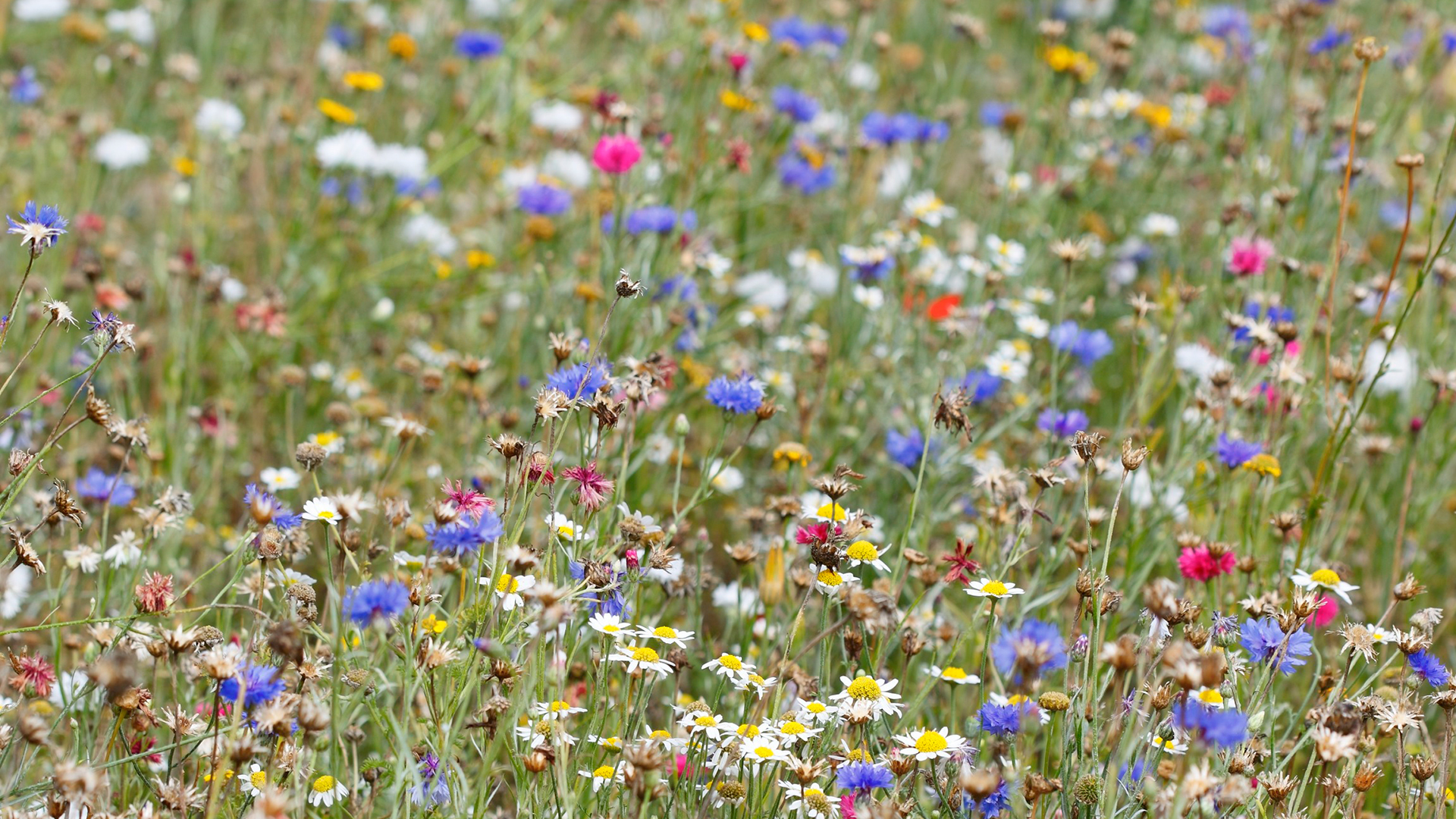
I'll admit it: our version of No Mow May did, at first, look a little rough around the edges – especially compared to our neighbours' pristine grass. But as the wildflowers bloomed and the garden came alive, we started to see things differently: there's joy to be found in letting nature do its thing.
It also gave us permission to garden more creatively, and, instead of obsessing over the perfect lawn, we’re now focused on building a garden that’s alive, responsive, and filled with colour and movement.
We began this project a few years ago, and we’re still learning as we go. Our garden remains a work in progress; some areas are scruffier than others, the kids and the dog need space to run around. But we’ve found a new kind of balance. It’s not about perfection anymore; it’s about purpose and pleasure.
As Monty Don puts it in The Ivington Diaries (available from Amazon): “When I die, I shall go to May. It will be green. Not environmentally correct, for things will just be, without measurement or judgment, but actually the colour green in all its thousand shining faces. Every day will feel like Christmas Eve when I was ten.”
There’s something magical about May, and something deeply satisfying about letting nature do what it does best. So if you’re still on the fence about No Mow May, consider this: your lawn doesn’t have to be the focus.
In fact, once you loosen your grip, you might discover that the real beauty of your garden lies in what grows when you step back.

Kayleigh Dray is an experienced writer and editor within the world of digital journalism. She kicked off her career in magazines with Cosmopolitan as a news writer. Kayleigh then went on to become part of the digital editorial team at Closer, before a successful seven-year stint at Stylist, where she took command as the site’s editor and editor-at-large.
Nowadays, Kayleigh can be found freelancing for a myriad of titles including Woman & Home, along with a role at Ideal Home where she waxes lyrical about her true love: gardening. She is currently giving her own backyard a woodland-inspired makeover – and there have been whispers of a vegetable plot, too.